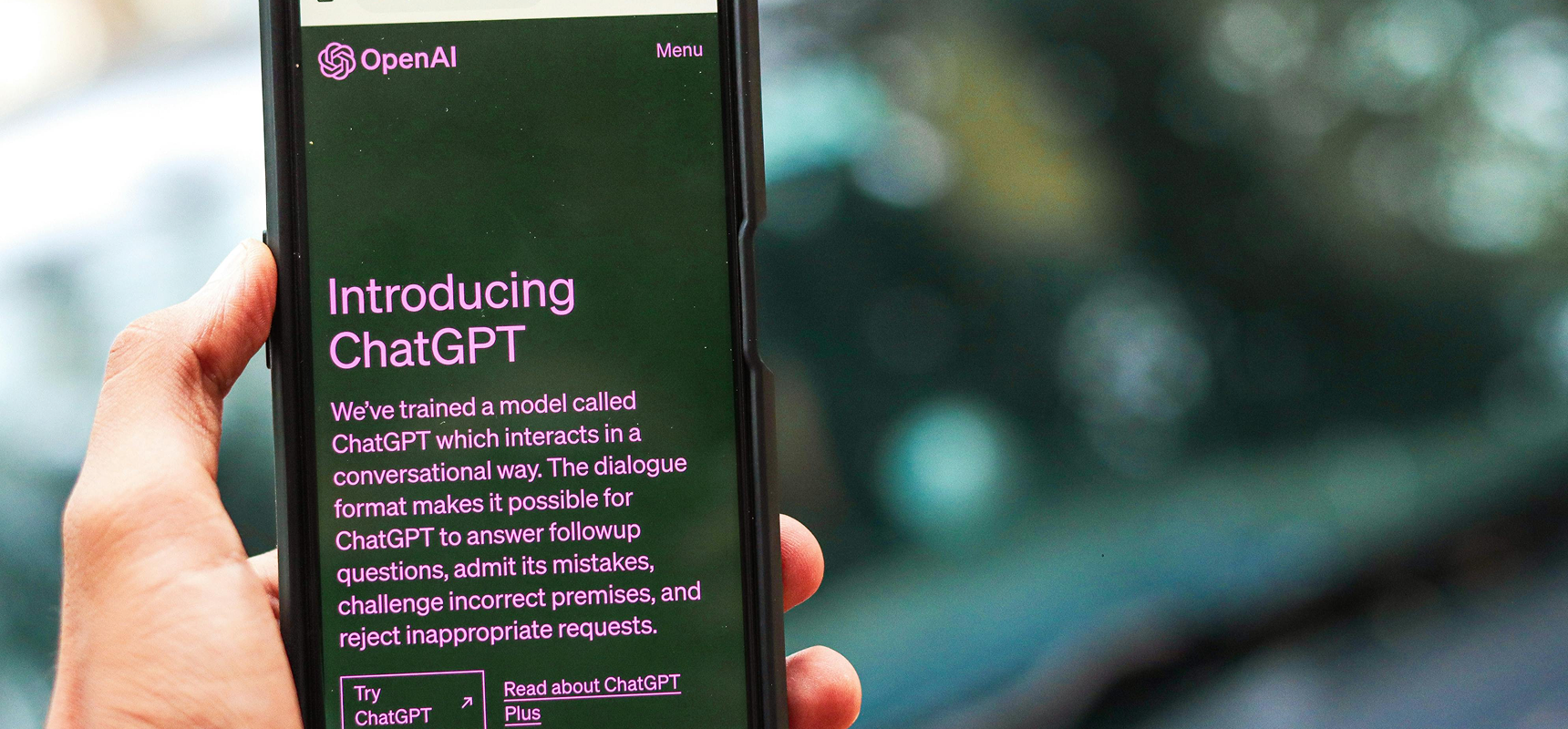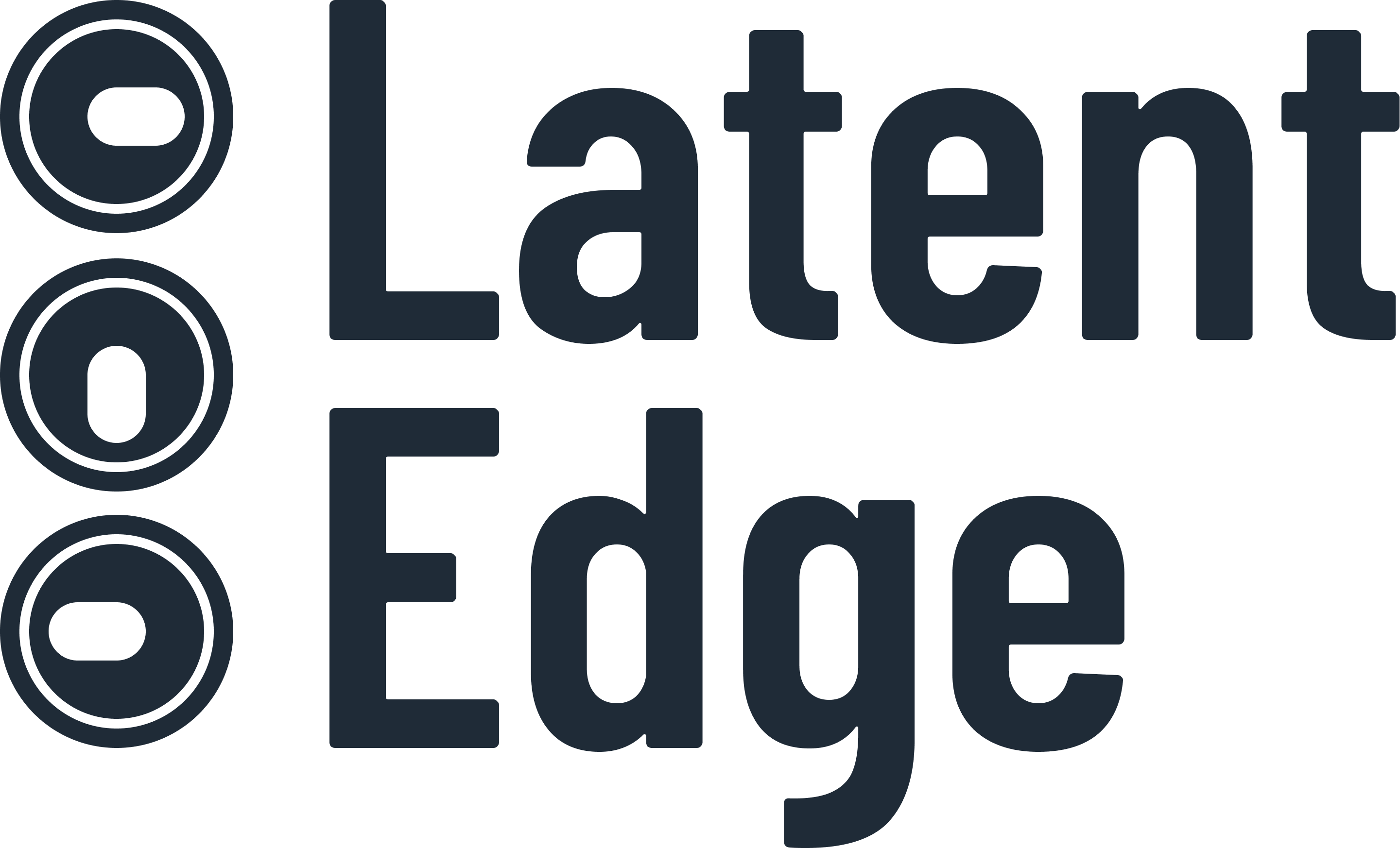Using ChatGPT and AI Tools in Business: A Practical Training Guide

This in‑depth guide explains how businesses can train teams to use ChatGPT and other AI tools effectively. It covers selecting the right applications, designing training programmes, overcoming common challenges and measuring the impact of AI adoption.
Using Chat GPT and AI Tools in Business: A Practical Training Guide
Introduction
Artificial intelligence (AI) has moved from science fiction into the core of modern business. Tools like ChatGPT, generative AI models, predictive analytics engines and conversational chatbots are reshaping how companies operate. They can streamline customer service, automate repetitive tasks, generate marketing copy and even support decision‑making. However, unlocking the full value of AI requires more than purchasing software; it demands thoughtful training and integration into your workflows.
This guide provides a practical blueprint for businesses looking to adopt ChatGPT and other AI tools. We’ll explore why these technologies matter, how to prepare your organisation for AI training, best practices for rolling out tools and frameworks for measuring success.
Why ChatGPT and AI Tools Matter for Business
1. Efficiency and Productivity
AI tools can dramatically reduce the time spent on routine tasks. ChatGPT, for instance, can draft emails, summarise documents and answer frequently asked questions. Predictive analytics engines can automate demand forecasting and inventory planning, while natural language processing (NLP) models categorise customer feedback. By offloading mundane work to AI, employees can focus on higher‑value activities.
2. Customer Experience
Conversational AI chatbots can provide round‑the‑clock customer support, handle common inquiries and route complex issues to human agents. This improves response times and frees up your support team to handle nuanced problems. Personalised recommendations powered by machine learning also enhance user engagement on e‑commerce sites and digital services.
3. Data‑Driven Decisions
AI analytics tools process large datasets quickly and deliver insights that would be impossible to glean manually. Predictive models can identify trends, detect anomalies and inform strategic planning. ChatGPT can help executives draft reports or summarise findings for stakeholders.
4. Competitive Advantage
Businesses that successfully integrate AI into their operations are more agile and innovative. Whether you’re automating marketing campaigns or developing new products based on customer feedback, AI adds scalability and speed to your decision‑making process. Early adoption also signals to clients and partners that your company is forward‑thinking and capable of leveraging cutting‑edge technology.
Preparing Your Organisation for AI Training
1. Define Clear Objectives
Before selecting tools, decide what you want to achieve. Are you looking to automate customer support? Generate marketing copy? Analyse large datasets? A clear vision helps you choose the right AI models and design relevant training programmes.
2. Assess Skills and Infrastructure
Review your team’s technical skills and existing infrastructure. Some AI tools require coding knowledge, while others offer no‑code interfaces. Evaluate whether your IT environment supports cloud‑based AI models or if on‑premises deployment is required for data privacy reasons.
3. Select the Right Tools
Not all AI tools are created equal. Evaluate ChatGPT variants and other applications based on ease of use, integration capabilities and licensing costs. Consider:
- ChatGPT: Ideal for conversational interfaces, content drafting and summarisation.
- Predictive analytics platforms (e.g., Azure ML, Google Vertex AI): Best for forecasting and data modelling.
- Automation platforms (e.g., UiPath, Zapier): Useful for connecting AI outputs to workflows.
- Custom models: When off‑the‑shelf tools don’t meet your needs, consider training bespoke models using open‑source frameworks like TensorFlow or PyTorch.
4. Create a Training Plan
Determine who needs training and in what form. For customer service teams, training might focus on using chatbots effectively and escalating complex issues. For developers or data analysts, deeper training in model fine‑tuning and prompt engineering may be required. Plan training sessions that accommodate different learning styles: webinars, hands‑on workshops, self‑paced tutorials and mentoring programmes.
5. Address Change Management
AI adoption changes processes and roles. Engage stakeholders early, communicate the benefits and manage expectations. Ensure employees understand that AI is a tool to augment—not replace—their work. Providing context helps alleviate fears and encourages adoption.
Best Practices for Rolling Out ChatGPT and AI Tools
1. Start with Pilot Projects
Identify a specific use case, such as automating customer FAQ responses or generating social media posts, and run a pilot programme. Track key metrics like response times, customer satisfaction and employee time saved. Pilots allow you to fine‑tune your approach and develop internal expertise.
2. Focus on Data Quality
AI models rely on high‑quality data. Clean, well‑structured training data leads to better outputs and reduces the risk of bias or errors. Establish processes to collect, label and update data regularly. For ChatGPT implementations, curate knowledge bases and style guides to ensure consistent tone and accuracy.
3. Emphasise Prompt Engineering
Prompt engineering, the art of crafting effective prompts for language models, is critical to getting useful outputs from ChatGPT. Train your staff on how to write clear, concise prompts, provide context and guide the AI. Encourage experimentation: slightly tweaking prompts can significantly improve results.
4. Implement Human Oversight
AI is powerful but not infallible. Establish review processes where humans validate AI outputs, especially in high‑stakes environments like finance or healthcare. Use AI to generate drafts, recommendations or predictions, but let humans approve or modify the final output.
5. Monitor and Iterate
Collect feedback from employees and customers during rollout. Use analytics tools to track utilisation rates, response accuracy and impact on key performance indicators (KPIs). Continuous improvement ensures that your AI tools remain aligned with business goals.
Common Business Use Cases and Examples
- Customer Support Chatbots – Deploy ChatGPT‑powered bots to handle simple queries, book appointments and provide account information. Agents receive summaries of conversations, enabling them to pick up complex tickets quickly.
- Content Generation – Use AI to draft blog posts, social media updates, product descriptions and internal documents. Human editors review and refine output, saving significant time.
- Sales & Lead Nurturing – Implement chatbots that answer questions on pricing, availability and product features, collect lead information and route qualified leads to sales teams.
- Internal Knowledge Management – Use ChatGPT to build a Q&A tool for employees. This system can provide instant answers on policies, procedures and technical documentation, reducing repetitive queries for HR and IT teams.
- Predictive Maintenance & Inventory Planning – Apply machine learning to historical data to forecast equipment failures or stock requirements, helping optimise resource allocation and reduce downtime.
Challenges and Considerations
- Privacy and Security: Ensure compliance with data protection laws when using AI models, especially if sensitive information is involved. Use secure APIs and data encryption.
- Bias and Fairness: AI models can inadvertently perpetuate biases present in training data. Regularly audit model outputs, diversify training data and refine prompts to mitigate bias.
- Cost Management: AI tools vary in pricing structures. Monitor usage to avoid unexpected costs, and evaluate whether self‑hosted or SaaS solutions offer better ROI.
- Skills Gap: Some tools require technical expertise. Provide ongoing training and consider partnering with external consultants or agencies for implementation support.
Conclusion
Integrating ChatGPT and other AI tools into your business can unlock new efficiencies, enhance customer experiences and inform smarter decisions. But success isn’t guaranteed by technology alone, it depends on careful planning, targeted training and continuous improvement. Start with a clear strategy, empower your teams with the right knowledge and tools, and monitor your progress. By following the practical steps outlined in this guide, you’ll be well on your way to harnessing the power of AI in a way that delivers tangible benefits to your organisation.
Got a project in mind?





